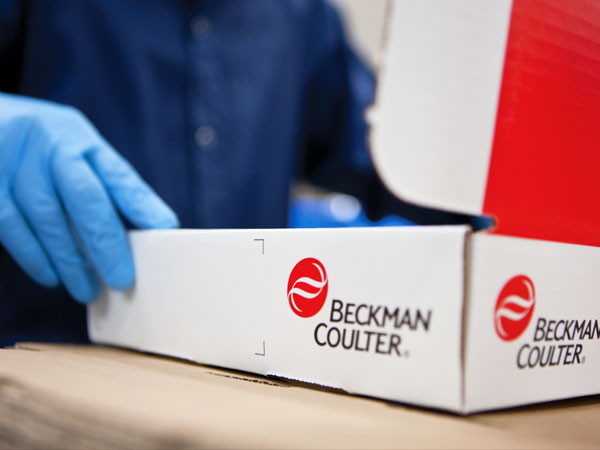What’s the difference between an analytical ultracentrifuge (AUC) and other centrifuges?

Analytical ultracentrifuges use an optical system (or systems) to analyze samples in a centrifugal field, measuring the concentration distribution of particles—at specific times and radial distances—as they sediment and diffuse. Data collected can be used to determine sedimentation coefficients, diffusion coefficients and molecular weights, sizes, shapes and interactions of particles.

